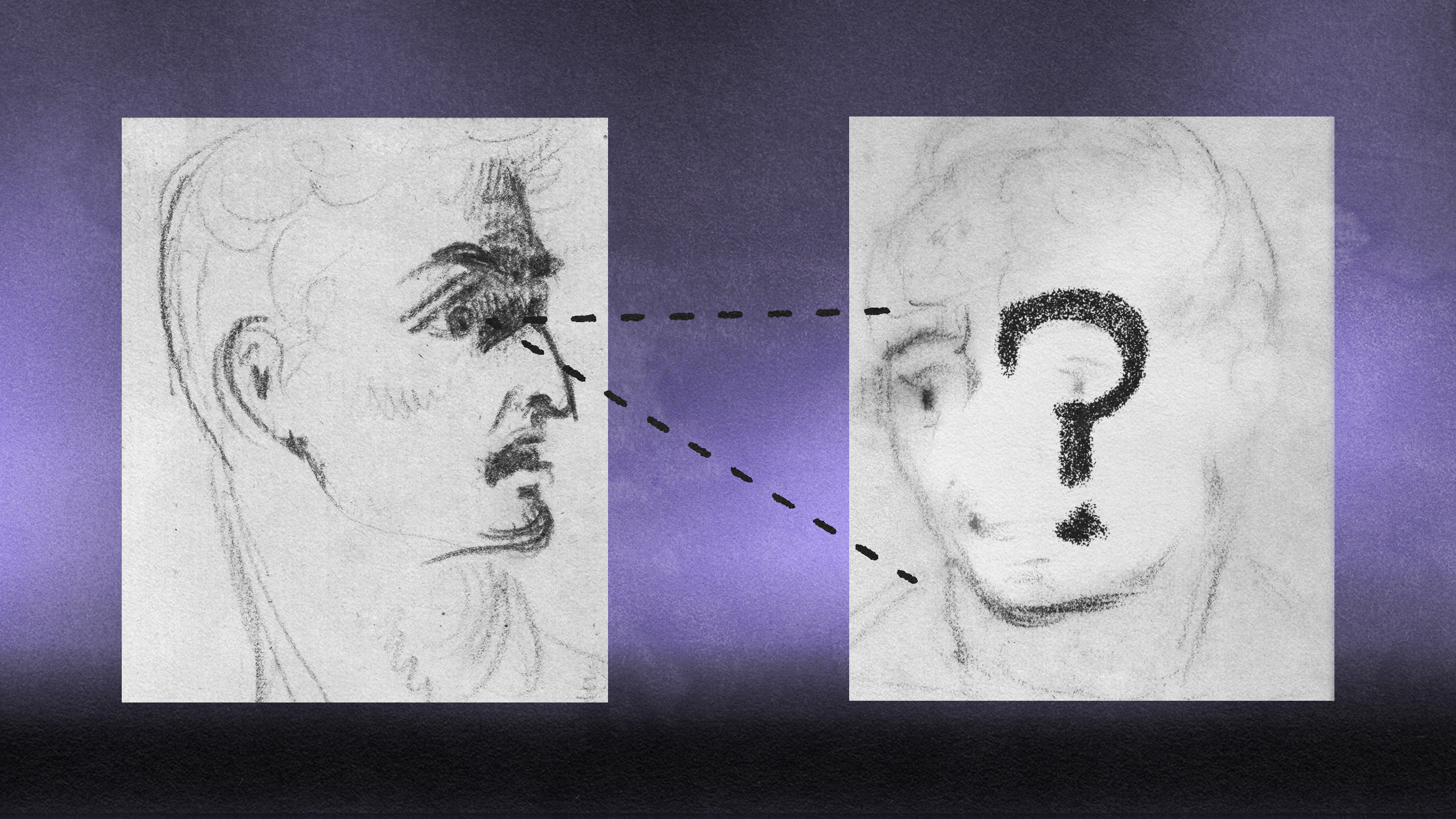Schadenfreude turns us into temporary psychopaths, according to a new model of the emotion

Schadenfreude – which literally means “harm-joy” in German – is the sense of pleasure derived from others’ misfortune.
It’s a “poorly understood” emotion, according to a group of psychologists at Emory University in the US, and in their review paper in New Ideas in Psychology they propose a new “tripartite” model of schadenfreude based on the idea that deep-seated survival concerns can motivate us to see others as less than human.
Shensheng Wang and his colleagues Scott Lilienfeld and Philippe Rochat draw on evidence from three decades of social, developmental, personality and clinical research into schadenfreude. They begin by identifying three distinguishable but related sub-forms of the emotion, “each underpinned by a distinct concern [either aggression, rivalry, or justice] that has deep developmental roots, unfolding in infant and child development”.
Aggression-related schadenfreude derives from the sense of social identity that develops during infancy. Strengthening one’s own social group can entail aggression towards others, and “aggression schadenfreude” is the type experienced by supporters of one football team when another team (not necessarily one they are playing) loses a match, for example.
“Rivalry schadenfreude” is related to some extent, but is rooted in personal competition – the desire to do better than your peers. Envy can have a part to play in this, and Wang’s team note that both schadenfreude and envy emerge around 7 years of age (in fact some work has found jealousy, and subsequent schadenfreude toward the target of that jealousy, even in two-year-olds).
The third sub-form of schadenfreude is “justice-based” and is rooted in perceived fairness, which also develops early in childhood. Delight in the misfortune of a high-profile individual who is successful, but who has cheated in business and is then exposed and humiliated, would fall into this category.
We all vary in our tendency to feel schadenfreude, the researchers note. For instance, there’s evidence that people with low self-esteem are more likely to perceive other people’s success as a threat to their self-evaluations, and to be more likely to experience schadenfreude as a result.
People who score relatively highly on measures of the “dark triad” of narcissism, psychopathy and Machiavellianism, as well as on the trait of sadism, also tend to feel more schadenfreude. All of these personality traits have been linked to dehumanisation – perceiving another person or members of a group as lacking at least some of the attributes that make us all human, the researchers note.
“One possibility is that when people experience Schadenfreude, they undergo a [temporary] process similar to that experienced by individuals with high levels of psychopathic personality traits: motivated by certain situational and to a lesser extent dispositional variables, the perceiver tends to dehumanise the victim, temporarily losing the motivation to detect the victim’s mind, much like a psychopath,” they write. In fact, they argue, the process of dehumanisation “may lie at the core of this emotion”.
The crux of Wang and his colleagues’ “motivational model” of schadenfreude is that concerns of self-evaluation, social identity and justice “push” individuals towards schadenfreude, whereas “mind perception” (an understanding of what other people are thinking and feeling) pulls them away from it. “We argue that this motivational model of Schadenfreude would help integrate its multiple facets and offer a heuristic framework for embedding Schadenfreude research within the context of emotion theories,” they write.
Debate over the moral nature of schadenfreude has a long history, going back to the ancient Greek philosopher Aristotle, who condemned it as a malicious emotion. In their conclusion, Wang and his team write: “We encourage researchers to subject our theoretical model to rigorous tests so that they can be either falsified or corroborated, ideally with the aim of bringing this provisional model more closely in line with psychological reality… A deeper appreciation of Schadenfreude may provide a valuable window into the diverse origins of the darker side of humanity.”
—Schadenfreude deconstructed and reconstructed: A tripartite motivational model
Emma Young (@EmmaELYoung) is Staff Writer at BPS Research Digest.
Reprinted with permission of The British Psychological Society. Read the original article.





